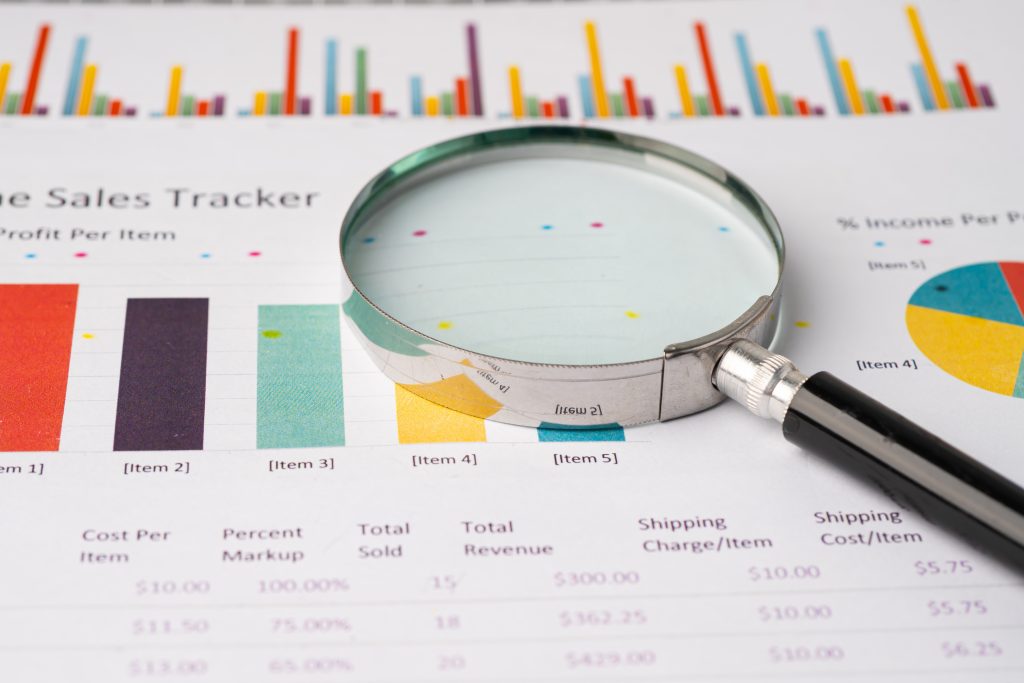Imagine descriptive statistics as the compass guiding your quantitative research journey, illuminating the landscape of your data with clarity and precision. As you navigate through the intricate terrain of numerical information, these statistical tools not only provide a roadmap but also offer a deeper understanding of your dataset’s underlying patterns and characteristics. By unraveling the intricate tapestry of data through descriptive statistics, you will uncover how these foundational elements serve as the cornerstone of robust quantitative analysis, paving the way for meaningful interpretations and informed decision-making.
Basics of Descriptive Statistics
When delving into the realm of quantitative research, understanding the basics of descriptive statistics is essential for analyzing and interpreting data effectively. Data visualization techniques play a crucial role in presenting data in a clear and understandable manner. By using histograms, you can interpret the distribution of your data, identify patterns, and understand the shape of the dataset. Quartile analysis methods help in dividing the data into four equal parts, providing insights into the spread and central tendency. Skewness detection strategies assist in recognizing the symmetry of the data distribution, which impacts the mean, median, and mode. Additionally, outlier identification approaches are vital for pinpointing extreme values that might significantly affect the overall analysis. Mastering these fundamental descriptive statistics concepts will empower you to make informed decisions based on a comprehensive understanding of your data.
Univariate Analysis Importance
Understanding the significance of univariate analysis is crucial in quantitative research as it plays a fundamental role in examining individual variables and gaining insights into their distribution and characteristics.
- Data distribution analysis: Univariate analysis helps in understanding how data is spread out and distributed, providing a clear picture of the dataset.
- Variable behavior examination: By focusing on one variable at a time, univariate analysis allows for a detailed examination of each variable’s behavior and characteristics.
- Individual characteristic exploration: It enables researchers to explore the unique characteristics and attributes of individual variables, aiding in a more in-depth understanding of the data.
Univariate analysis serves as a vital statistical tool in research, allowing for a comprehensive exploration of data variability and aiding in the utilization of various statistical techniques to draw meaningful conclusions from the data at hand.
Central Tendency Measures
To comprehend the distribution of data effectively, analyzing central tendency measures is essential. Central tendency provides a statistical summary that aids in data interpretation. Mean estimation calculates the average value of the dataset, offering insight into the data’s central value. Mode frequency identifies the most frequently occurring value, highlighting the dominant response in the data. Median comparison, as the middle value in ordered data, gives a robust estimate of centrality, especially in the presence of outliers. These measures collectively offer a concise overview of the dataset’s characteristics. When conducting statistical analysis, understanding central tendency measures is crucial for summarizing data effectively and making informed decisions based on the dataset’s distribution. By utilizing mean, median, and mode, you can derive valuable insights into the center of the data distribution and facilitate a comprehensive statistical summary.
Dispersion and Spread Analysis
For a comprehensive analysis of data patterns, examining dispersion and spread is crucial in understanding the variability within the dataset. When exploring dispersion and spread in your quantitative research, consider the following:
- Data Variability Examination:
- Understanding how data points vary from the central tendency is essential.
- Analyzing the range of values provides insights into the extent of variability.
- Identifying outliers and extreme values helps in grasping the full spectrum of the data.
- Statistical Dispersion Exploration:
- Utilizing measures like standard deviation aids in quantifying the dispersion.
- Variance showcases the average squared deviations from the mean.
- Examining dispersion allows for a more nuanced interpretation of the dataset’s distribution.
- Spread Analysis Insights:
- Visualizing the spread of data through graphical representations enhances comprehension.
- Comparing the spread to the central tendency highlights the distribution shape.
- Recognizing patterns in the spread offers valuable insights into the dataset’s characteristics.
Standard Deviation Calculation
The calculation of standard deviation involves determining the distance between each data point and the mean. This process includes computing the differences, squaring them, summing the squared discrepancies, dividing by the number of data points, and finally taking the square root to obtain the standard deviation. Practical applications of standard deviation encompass comparing performance across different variables and aiding in the meaningful interpretation of data. Interpretation methods of standard deviation involve drawing conclusions based on the normal distribution, estimating the range of scores around the mean, and understanding the variability within the dataset. Standard deviation is crucial for assessing the strength of relationships between variables, identifying outliers, and correcting for them. In a normal distribution, standard deviation helps in determining the percentage of observations within specific deviations from the mean, thus providing insights into the data’s characteristics and distribution.
Data Preparation and Coding
Understanding the importance of data preparation and coding is essential for ensuring accuracy and efficiency in quantitative research analysis. When engaging in data preparation and coding, consider the following:
- Data Cleansing: Before analysis, ensure your data is clean by removing errors, inconsistencies, or duplicates to enhance the quality of your results.
- Categorical Coding: Transform qualitative data into numerical codes to facilitate statistical analysis and interpretation of categorical variables.
- Missing Values Handling: Develop strategies to address missing data points, such as imputation methods, to prevent bias and maintain the integrity of your analysis.
During data validation, be vigilant in detecting outliers that may skew results. By meticulously preparing and coding your data, you set a solid foundation for robust quantitative research analysis.
Bivariate Analysis and Correlation
Exploring the relationship between two variables in your quantitative research involves conducting bivariate analysis and correlation. Bivariate correlation measures the strength of the relationship between the variables, with values ranging from -1 to +1. A positive correlation indicates that both variables increase or decrease together, while a negative correlation implies that as one variable increases, the other decreases. For instance, a correlation of 0.79 suggests a strong positive relationship between the variables. Visual examination through scatter plots and histograms can help identify correlations, while significance testing, often done through one-tailed or two-tailed t-tests, determines the reality of these correlations. When formulating directional hypotheses, you specify the expected direction of the correlation. Correlation matrices display bivariate correlations efficiently, with software programs like SPSS commonly used for computation. Understanding correlation strength is crucial for interpreting the relationship between variables accurately in your research.






